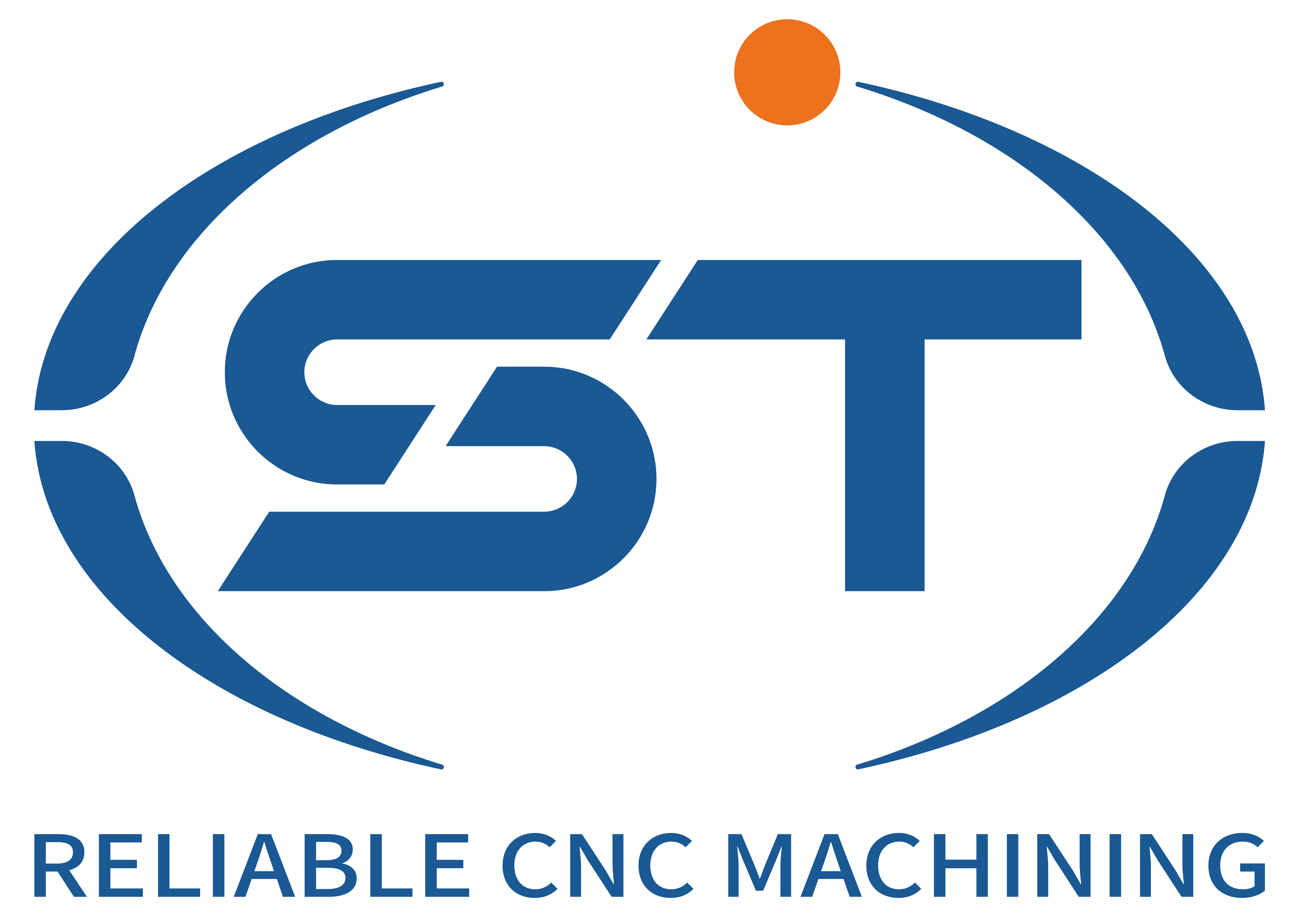Cylindricity is a core indicator for measuring the geometric accuracy of the rotating surfaces of automotive parts (such as crankshaft journal, drive shaft, hydraulic cylinder block, etc.), directly affecting the assembly performance, motion stability and service life of the parts. Its control requires collaborative optimization from multiple dimensions such as process design, machine tool performance, tool path, clamping method and detection compensation. The following are the key control strategies and implementation points:
Содержание
ПереключениеFirst, the pre-guarantee of cylindricity by process design
Benchmark selection and process optimization
The principle of unified reference: The processing of parts should follow the principle of “completing the processing of multiple cylindrical surfaces in one clamping” to reduce the error of repeated positioning. For example, the rough and finish machining of the crankshaft journal should be completed in one clamping to avoid axis offset caused by multiple clamping.
Process concentration strategy: By using multi-axis linkage machining centers to replace traditional sequential processing, the number of clamping times can be reduced (for example, from 3 times to 1 time), and the cylindricity error can be reduced by more than 50%. For instance, the cylindrical surface and end face of the drive shaft can be processed synchronously by a five-axis machine tool, with the cylindricity error controlled within 0.005mm.
Tool path planning
Continuous cutting path: For long shaft parts (such as hydraulic cylinder blocks), helical interpolation or contour milling paths should be adopted to avoid dimensional fluctuations caused by sudden changes in the tool path. For example, when machining the inner hole of the cylinder block, the tool path needs to be continuously transitioned along the axis to prevent tool marks caused by path breakpoints.
Cutting direction control: The climb milling method is preferred to reduce the influence of cutting force fluctuations on cylindricity. For instance, when processing aluminum alloy piston pins, climb milling can reduce the surface roughness to Ra0.4μm and simultaneously enhance the consistency of cylindricity.
Second, the support of machine tool performance for cylindricity
Geometric accuracy and dynamic characteristics of machine tools
Spindle rotation accuracy: The radial runout of the spindle needs to be controlled within 0.002mm; otherwise, it will cause periodic errors on the cylindrical surface. For example, when processing high-precision bearing rings, the spindle needs to eliminate vibration through dynamic balance correction (such as G2.5 grade).
The straightness and parallelism of the guide rails: The straightness error of the X/Z axis guide rails of the machine tool should be ≤0.005mm/1000mm, and the parallelism error should be ≤0.003mm/1000mm; otherwise, it will cause conical or drum-shaped errors on the cylindrical surface.
Servo system and thermal stability
Servo synchronization: In multi-axis linkage machining, each axis servo system needs to have high synchronization (such as synchronization error <0.001mm) to avoid cylindrical surface distortion caused by asynchronous movement between axes. For example, when processing complex curved surface shaft parts, the movement of each axis needs to be matched through electronic gear ratios.
Thermal error compensation: The machine tool needs to be equipped with a thermal error compensation system (such as a thermal error model based on neural networks) to correct the cylindricity error caused by the thermal deformation of the spindle and guide rail in real time. For example, after continuous processing for 4 hours, thermal error compensation can reduce the cylindricity error to within 0.003mm.
Third, the optimization of cylindricity by tools and cutting parameters
Tool selection and geometric parameters
Tool rigidity and precision: When processing slender shaft parts, high-rigidity tools (such as solid carbide tools) should be selected, and the tool overhang length (such as ≤3 times the tool diameter) should be controlled to reduce tool deflection errors. For instance, when processing a transmission shaft with a diameter of 20mm and a length of 200mm, the tool overhang should be controlled within 60mm.
Tool wear control: Real-time monitoring of cutting force changes through a tool wear monitoring system (such as power sensors), and timely replacement of worn tools. For instance, when processing quenched steel shaft parts, the wear of the tool’s rear face should be controlled within 0.2mm; otherwise, it will lead to an out-of-tolerance cylindricity.
Cutting parameter matching
Cutting speed and feed rate: Optimize parameters based on material hardness and tool life. For instance, when processing quenched and tempered steel shaft parts, the cutting speed can be controlled at 80-120m/min, and the feed rate can be controlled at 0.1-0.2mm/r to reduce the influence of cutting force fluctuations on cylindricity.
Cutting depth and layer-by-layer processing: For deep hole or deep groove processing, a layer-by-layer cutting strategy (such as each layer cutting depth ≤2mm) should be adopted, and high-pressure coolant should be used to wash away the chips to avoid scratches on the cylindrical surface due to poor chip removal.
Fourth, the stability of cylindricity caused by the clamping method
Fixture design and clamping force control
Application of center rest and tool rest: When processing slender shaft parts, a center rest or tool rest should be used to support the workpiece to reduce bending deformation caused by its own weight. For example, when processing shaft parts with a length-to-diameter ratio greater than 10, the center rest needs to have a support point set every 200mm.
Clamping force optimization: Precise control of clamping force (such as within ±3%) is achieved through hydraulic or pneumatic fixtures to prevent workpiece deformation. For instance, when processing aluminum alloy pistons, the clamping force should be controlled within 1 to 1.5MPa to prevent the cylindrical surface from becoming elliptical due to excessive clamping force.
Clamping, alignment and centering
Dial indicator alignment: After clamping, the coaxiality of the workpiece’s axis and the machine tool spindle should be checked through a dial indicator, and the error should be controlled within 0.01mm. For example, when processing high-precision bearing rings, the alignment error should be ≤0.005mm.
Application of soft claws and expansion sleeves: For thin-walled or easily deformable parts, soft claws or expansion sleeves should be used for clamping to evenly distribute the clamping force. For example, when processing a hydraulic cylinder with a wall thickness of 2mm, the expansion sleeves need to be uniformly tightened through the hydraulic system.
Fifth, detection and compensation for closed-loop control of cylindricity
Online measurement and real-time compensation
Online measurement system: Integrating laser measuring instruments or contact probes to achieve real-time monitoring of cylindricity during the processing. For example, when processing the crankshaft journal, after processing 5 pieces, the diameter size and cylindricity error are detected through the online measurement system, and the tool offset is dynamically adjusted.
Error compensation technology: Error compensation is achieved through machine tool geometric error models (such as 21-term geometric errors) and thermal error models. For example, when processing precision gear shafts, error compensation can reduce the cylindricity error to within 0.002mm.
Offline detection and quality traceability
Roundness measuring instrument and three-coordinate inspection: Conduct final inspection on key cylindrical surfaces to verify the accuracy of ЧПУ обработки. For example, when processing the crankshaft of an engine, the detection by a roundness tester can ensure that the cylindricity error of the journal is ≤0.003mm.
Quality traceability system: Establish an associated database of processing parameters and inspection data to achieve rapid problem location. For instance, when it is found that the cylindricity of a certain batch of parts exceeds the tolerance, the tool wear records or machine tool temperature data during processing can be searched through the traceability system.
Sixth, Analysis of Typical cases
Processing of crankshaft journal of a certain automotive engine:
Cylindricity requirement: ≤0.005mm.
Control measures:
A five-axis linkage machining center is adopted to achieve multi-journal processing with a single clamping.
The cutting tools are selected as solid carbide tools, and the overhang length is controlled within 50mm.
During the processing, the cylindricity error is monitored in real time through the online measurement system, and the tool offset is dynamically adjusted.
The temperature in the workshop is controlled at 20±1℃, and the machine tools are preheated to thermal equilibrium before processing.
Result: The compliance rate of cylindricity has increased to 99.8%, and the engine vibration has decreased by 15%.
Processing of drive shafts for a certain new energy vehicle
Cylindricity requirement: ≤0.003mm.
Control measures:
A high-speed vertical machining center is adopted, equipped with a full closed-loop control system of laser interferometer.
The fixture is designed with a hydraulic self-centering structure, and the clamping force is evenly distributed.
After processing, the key dimensions are detected by the roundness tester and a quality traceability database is established.
The temperature of the cutting fluid should be controlled at 25±2℃ to prevent thermal deformation.
Result: The cylindricity error was reduced to within 0.002mm, and the transmission efficiency was increased by 5%.
Summary
The cylindricity control of automotive parts in CNC machining needs to be achieved through the collaborative optimization of process design, machine tool performance, tool path, clamping method and detection compensation. In actual production, it is necessary to establish standardized operation procedures and quality traceability systems in combination with the structure of parts, material properties and equipment capabilities to ensure that the cylindricity meets the high standards of the automotive industry. For instance, the cylindricity error can be reduced by more than 60% through thermal error compensation technology, while the online measurement system can achieve real-time deviation correction during the processing, ultimately enhancing the overall quality and reliability of the parts.




